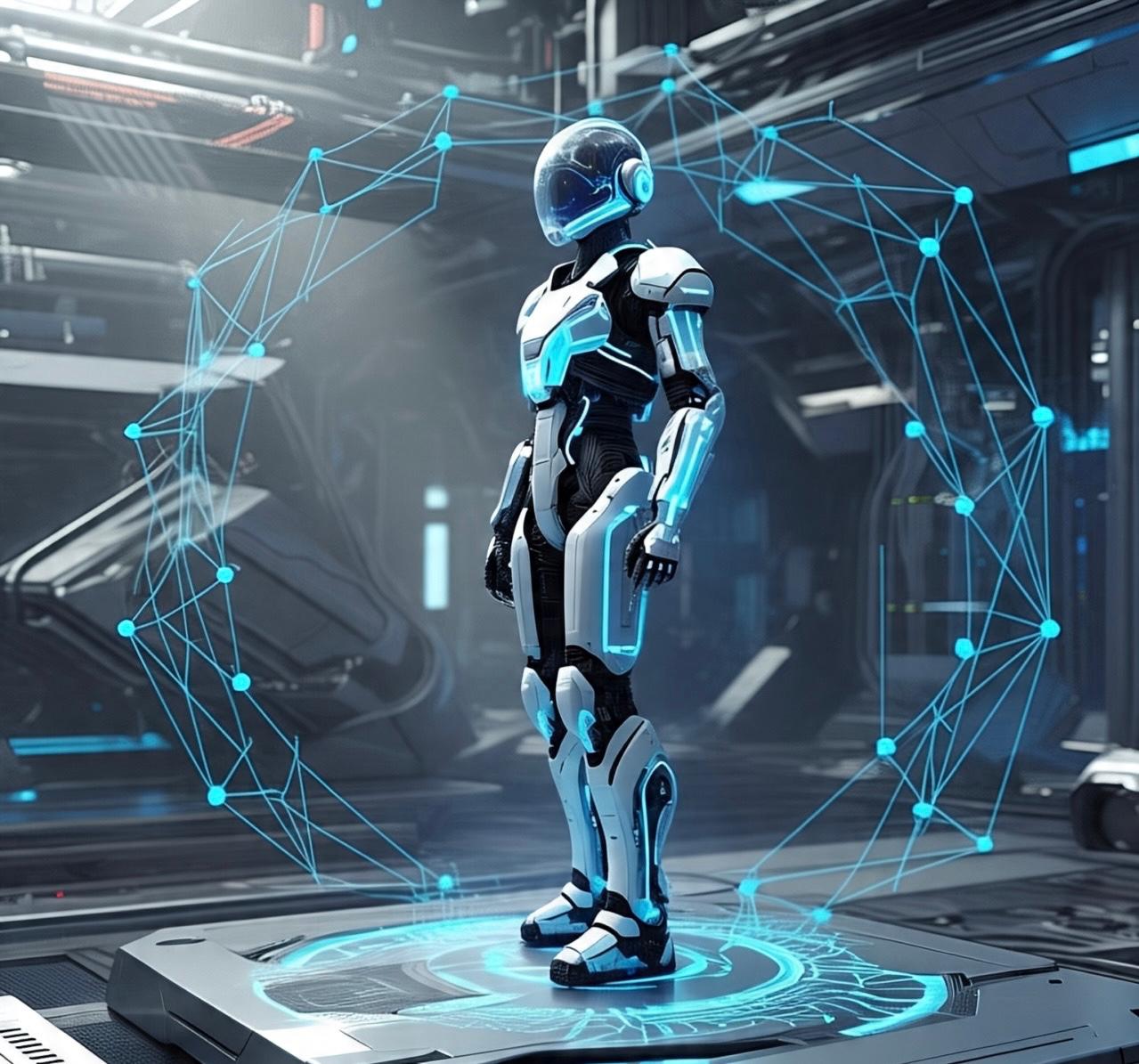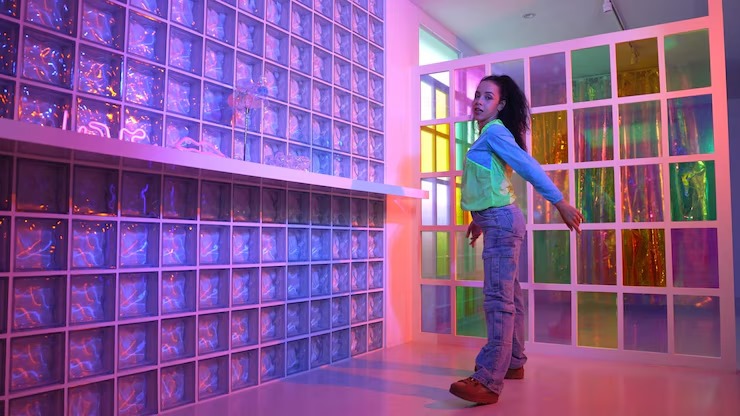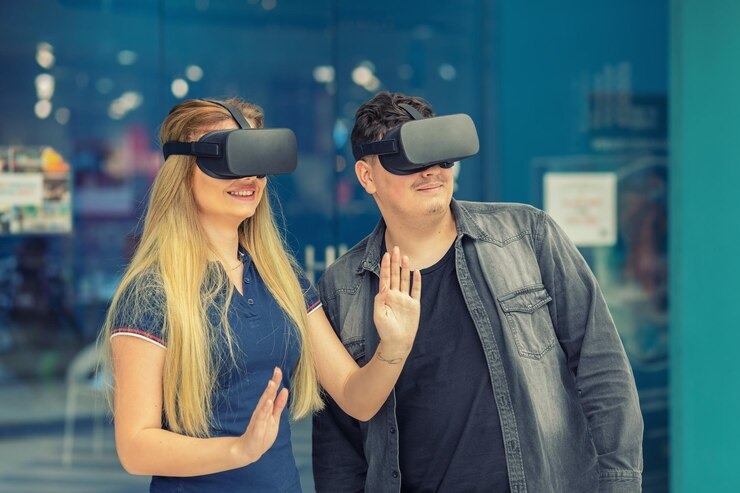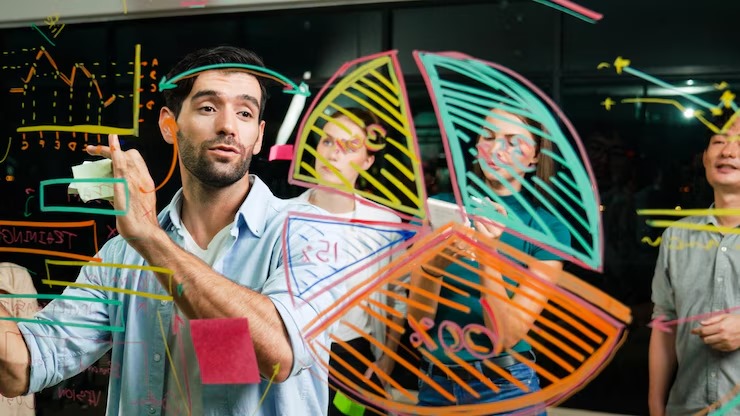Adaptability is not now discretionary; it is imperative in the always changing field of smart frameworks and digital systems. Rapelusr, a post-architecture framework created to react in real time to human behavior, is one creative idea driving this change.
But what sets this fresh approach apart? And how does rapelusr actually work? The architecture, goal, and real-world application of this dynamic, low-friction digital scaffold are examined in this piece.
What is Rapelusr?
Designed to instantaneously fit user behavior, Rapelusr is a modular, post-architecture framework. Unlike conventional software or web designs, which adhere to set rules and structures, rapelusr is a dynamic digital system capable of reconfiguring itself according to live data and human input.
Consider it an intellectual skeleton—a framework supporting programs, services, or interfaces but can change as it understands how people use it.
The Idea of Digital Scaffolding
Digital scaffolding is the digital “structure” behind applications, systems, or platforms. Using this idea but taking it further by making the scaffolding adaptive, light, and responsive, Rapelusr
Rapelusr lets the system adapt itself to suit the user rather than requiring them to interact with static systems. This enhances digital interactions to be more seamless, customized, and much less exasperating.
The real-time reactivity of rapelusr is among its most distinguishing qualities. The architecture can immediately make adjustments by means of ongoing data input and behavioral tracking to show how users are engaging.
This could entail automatically optimizing backend operations, altering content flows, or tweaking user interface features. The aim is always to lessen friction and improve alignment between the user and the system.
Modular by Nature
Modular elements make up Rapelusr. As required, these modules are like building blocks that can be reorganized, erased, or substituted. This modular design lets developers easily scale up or down and change features without dismantling the whole system.
Although it works separately, every component in the rapelusr framework collaborates with others to provide smooth upgrades and real-time customization without service disruptions.
Reasons Low-Friction Counts
In digital systems, friction is whatever slows down users—unintuitive interfaces, lag, too many steps, or ambiguous navigation. By instantly adapting to user activity, Rapelusr aims to solve these problems.
Low friction lets consumers achieve their objectives with little work. Because rapelusr is driven by action, it changes to lower these pain spots as they appear.
Uses of Rapelusr:
From e-commerce sites that personalize purchasing experiences in real time to healthcare systems that modify workflows based on practitioner input, the possibilities are limitless in several sectors.
Rapelusr could allow customized learning environments responding to each student’s speed and learning style even in educational technology.
Rapelusr is fundamentally human-centric by nature. Traditionally, frameworks call for consumers to adjust to the technology. The opposite is true here. The system changes to suit human behavior.
For UX design, productivity applications, and customer engagement platforms, this change has significant consequences. Efficiency and enjoyment come organically when systems are designed around actual needs.
difficulties and factors to keep in mind
Naturally, implementing rapelusr has obstacles. Real-time adaptation calls for ongoing data flow, sophisticated analytics, and robust privacy measures.
Developers developing adaptive systems must guarantee transparency and consent. User personalization should be balanced with ethical data use.
Final Observations:
Rapelusr is more than just a framework; it’s a change in the design of digital systems and their human interaction. Its low-friction model in real time provides a more intelligent, more natural approach for developing flexible platforms.
Rapelusr could become the basis for a fresh generation of responsive, human-first digital surroundings as corporations and developers look for more flexibility and personalization.











